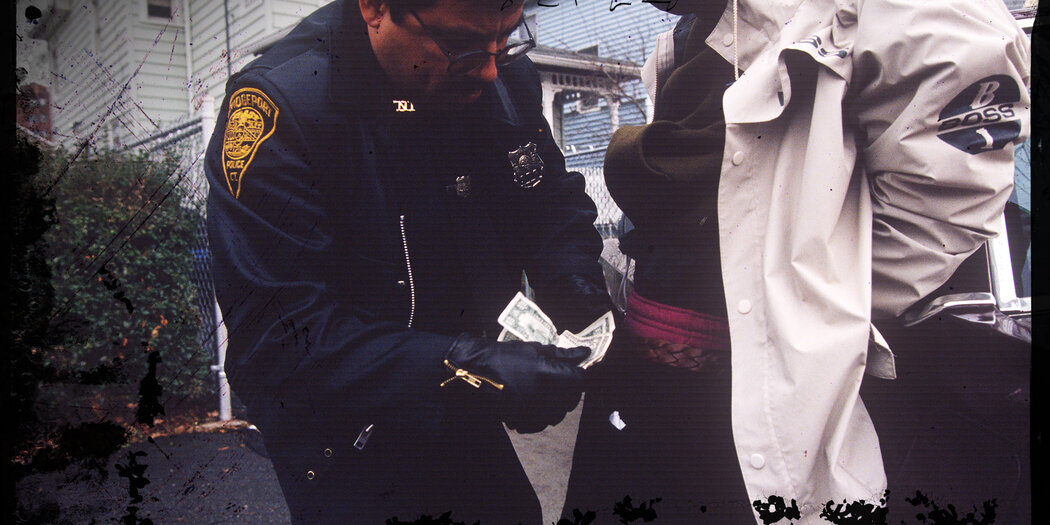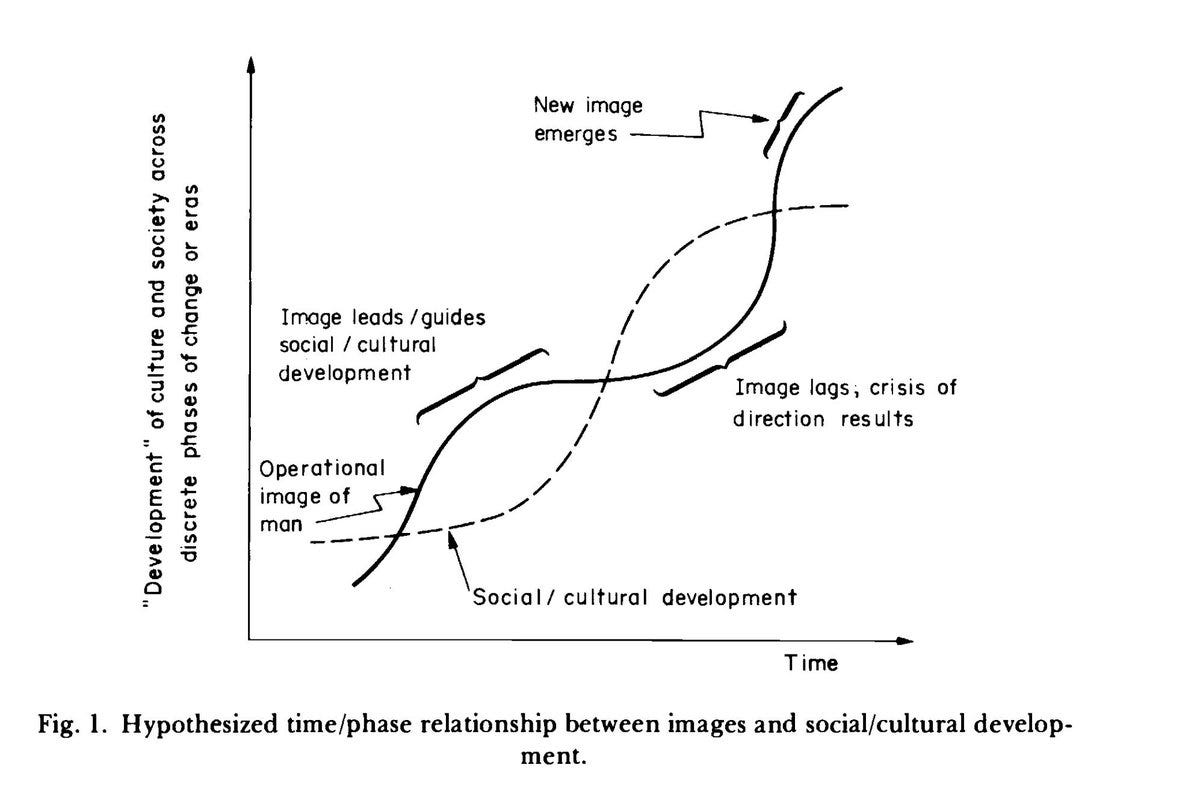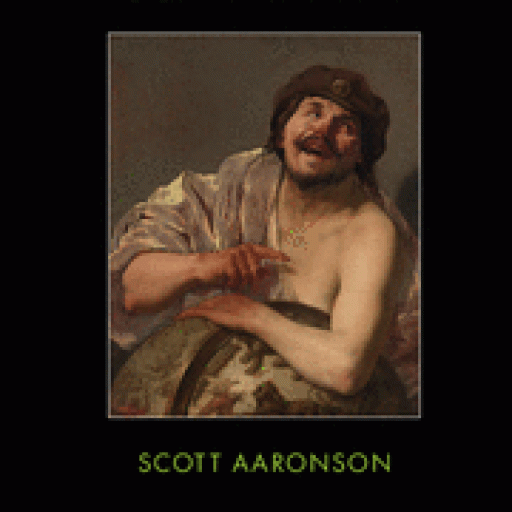
Race, Mass Incarceration, and the Disastrous War on Drugs
This essay is part of the Brennan Center’s series examining the punitive excess that has come to define America’s criminal legal system.
I have a long view of the criminal punishment system, having been in the trenches for nearly 40 years as an activist, lobbyist, legislative counsel, legal scholar, and policy analyst. So I was hardly surprised when Richard Nixon’s domestic policy advisor John Ehrlichman revealed in a 1994 interview that the “War on Drugs” had begun as a racially motivated crusade to criminalize Blacks and the anti-war left.
“We knew we couldn’t make it illegal to be either against the war or blacks, but by getting the public to associate the hippies with marijuana and blacks with heroin and then criminalizing them both heavily, we could disrupt those communities. We could arrest their leaders, raid their homes, break up their meetings, and vilify them night after night in the evening news. Did we know we were lying about the drugs? Of course we did,” Ehrlichman said.
Before the War on Drugs, explicit discrimination — and for decades, overtly racist lynching — were the primary weapons in the subjugation of Black people. Then mass incarceration, the gradual progeny of a number of congressional bills, made it so much easier. Most notably, the 1984 Comprehensive Crime Control and Safe Streets Act eliminated parole in the federal system, resulting in an upsurge of geriatric prisoners. Then the 1986 Anti-Drug Abuse Act established mandatory minimum sentencing schemes, including the infamous 100-to-1 ratio between crack and powder cocaine sentences. Its expansion in 1988 added an overly broad definition of conspiracy to the mix. These laws flooded the federal system with people convicted of low-level and nonviolent drug offenses.






















